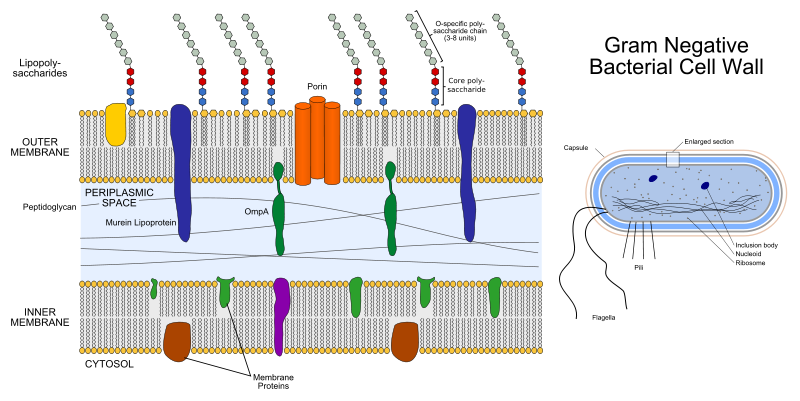Barbarian
Member
- Jun 5, 2003
- 33,356
- 2,560
Nice pictures but they do not mean what you concluded. You said there are no Lysosome membranes
Well, let's take a look...
I wrote:
There is no special lysosome membrane:
The lysosomal membrane, which has a typical single phospholipid bilayer, controls the passage of material into and out of lysosomes, by its permeability and ability to fuse with digestive vacuoles or engulf cytosolic material.
You acknowledged this:
Bro Paul wrote:
So let me see…first you say “There is no special lysosome membrane”
and then the site you referred me to says there is (which is what I said). So who is correct? The site you referred me to, or you? Oh I see…you added a word not used by me so you could play this game (“special”)…very tricky…I guess I have to be even more on my toes for these twists…
See above. My original statement was that there was no special lysosome membrane, and you acknowledged the fact that I said it. So I'm puzzled what it is you're doing here.
And because all such membranes are similarly constructed (even of the same materials) does not equal one coming from the other (though I understand the casing of the endosome vessel comes out of the plasma membrane .
And the vesicle with the enzymes, which pinches off from the Golgi apparatus, has the same membrane, and they fuse to make a lysosome.
And I am quite familiar with the structure. So what? Yes the endosome material is encased while in the plasma membrane…then merged with already encased enzymes and other proteins…and so on...
And the monomers making up these membranes just get taken apart and recycled into other membranes.
You say the Wiki article words it badly, but your second reference says exactly the same thing. That this merged product is transported through the cytoplasm and engulfed by the Lysosome.
No. They form the lysosome.

Your Scitable article defines these as separate. It says “Today, scientists know that the endomembrane system includes the endoplasmic reticulum(ER), Golgi apparatus, AND lysosomes”…”The ER, Golgi apparatus AND lysosomes are all members of a network of membranes, but they are not continuous with one another”…
In particular, lysosomes are formed by the fusion of transport vesicles budded from the trans Golgi network with endosomes, which contain molecules taken up by endocytosis at the plasma membrane.
http://www.ncbi.nlm.nih.gov/books/NBK9953/
No! I am afraid this time what you are telling us is not supported by the science (though it is the "theory")
It's not debatable. Vesicles from the Golgi apparatus fuse with endosomes, to make mature lysosomes. When they are done acting on the substrate, they break down, and the bilayer monomers are recycled.
These acids would be hostile to a “newly forming” lysosome membranes if it were a process of gradual evolution.
We see newly forming lysosome membranes happening in cells today. The acid hydrolases are contained in those very membranes in vesicles that pinch off from the Golgi apparatus.
You yourself have demonstrated they already arrive at their destination neatly packaged.
That's how they start from the Golgi apparatus. Then they fuse with an endosome, to form a lysosome. The lysosome contains both the substrate (from phagocytosis) and the acid hydrolases (from the Golgi apparatus).
What do you suppose would happen if we submerged a phospholipid bilayer in a pool of these enzymes?
You wouldn't be able to do that. You could add phospholipid to such a mixture. Depending on the concentration of enzyme, it would spontaneously form bilayer vesicles of different sizes.
Or poured these enzymes on top of a stack of phospholipid bilayer membranous materials?
These are molecules, remember, not materials you can pick up and move as visible membranes. Much too small for that. And without water, they wouldn't form a bilayer at all.
Also why do you say all the cells we look at are already dead
You have to fix them in order to see the structures. Fixing involves preparations that kill the cell. Unless they use tagged radioisotope markers, which do allow us to look at ongoing processes in living cells. I'm not sure if anyone has done that for lysosomes. Usually, they fix tissue, and then sort through the cells to find different stages of the process.
What you are trying to say is…well no one has actually observed this process…!
No one can directly see a molecule of phospholipid. But we can, in various ways, figure out what's going on. And yes, it is known that lysosomes form from the fusion of vesicles from the Golgi apparatus with endosomes.
Do a search on "electron micrograph formation of lysosome" and see some of the ways we can study the process.





